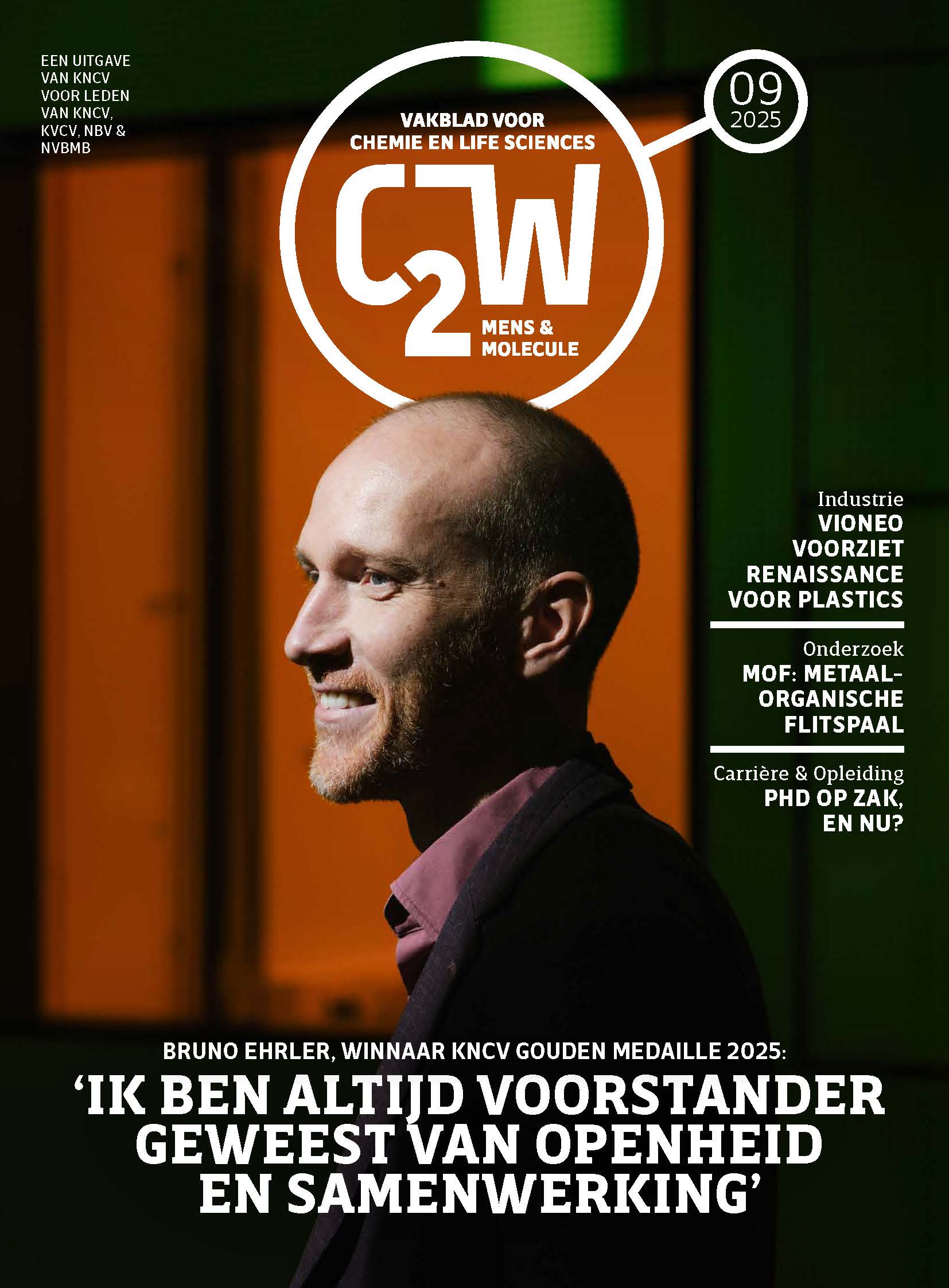Would you like to add an event to this list? Simply register your event using this form.
The power of sour: Unravelling the interactions between microorganisms, wood and maturing beer

Category
Ph D Defense
Date
2022-10-17 17:00
Venue
KU Leuven, Leercentrum AGORA, Aula Emma Vorlat, 00.E20 - Edward Van Evenstraat 4
3000 Leuven, België
3000 Leuven, België
Promovendus/a: Sofie Bossaert
Promotor(en): Prof. dr. ir. Bart Lievens, Prof. dr. Sam Crauwels, De heer Gert De Rouck
Currently there is a strong interest in barrel-ageing of beers as a tool to add supplementary flavours to the beer, including sourness and/or wood-derived flavours. However, barrel-ageing of beer largely remains a black box process, often resulting in unpredictable outcomes, inconsistency in quality, and profit losses. Therefore, the overall aim of this PhD study was to unravel the interactions between microorganisms, wood and maturing beer, to better understand the production of sour beers through barrel-ageing of conventionally fermented beer. A better understanding of these interactions will help to improve product quality and consistency, and support the development of new sour beers with an enjoyable and complex sour flavour profile.First, we have explored the temporal dynamics in microbial community composition and beer chemistry throughout 38 weeks of industrial-scale ageing of three beers varying in ethanol and hop concentration in 225-liter oak barrels of three different aroma categories (wood types). Results revealed that the total bacterial and fungal population densities generally increased during maturation and that the outcome of the maturation process likely depends on the initial beer properties. Specifically, results suggested that hop compounds may restrain the bacterial community composition, thereby having an impact on beer souring. Bacterial community composition of the moderately-hopped beers also resembled those of traditional sours like Lambic beers, hosting typical Lambic brewing species like Pediococcus damnosus, Lactobacillus brevis and Acetobacter sp. Detected fungi represented wild fungi like Brettanomyces bruxellensis, Debaryomyces sp. and Pichia membranifaciens which typically occur in a brewing environment and are regularly associated with wooden barrels. Furthermore, results suggested that alcohol content might have induced shifts in the fungal community composition, reducing fungal diversity, and increased the extraction rate of wood compounds such as cis- and trans-3-methyl-4-octanolide, eugenol and total polyphenols.
Next, we showed that wood species significantly affected the bacterial community composition, beer chemistry and sensory characteristics. Both in oak and acacia barrels, the bacterial and fungal community composition shifted over time from a diverse community to a dominance of P. damnosus and B. bruxellensis, respectively. However, in oak barrels, also large fractions of Acetobacter sp. and, to a lesser extent, Paenibacillus sp. were found. Further, beer chemistry changed significantly during maturation and across wood species. Oak barrels imparted substantial concentrations of eugenol, lactones and vanillin, while acacia-aged beer contained high concentrations of total polyphenols and β-glucan, which also translated into different sensory perceptions.
To investigate in detail the impact of beer ethanol and hop compounds on the microbial community composition and beer chemistry, we developed an experimentally tractable in-vitro system to simulate conditions of industrial barrel-ageing on a lab scale. Specifically, barrel-ageing was mimicked in a 0.5 liter glass jar filled with beer and closed off by a wooden disk. Additionally, the system was pitched with a synthetic community composed of key microorganisms identified in the previous Chapters, including four bacterial species (Acetobacter malorum, Gluconobacter oxydans, L. brevis and P. damnosus) and four fungal species (B. bruxellensis, Candida friedrichii, P. membranifaciens and Saccharomyces cerevisiae). After subjecting the system to 60 days of ageing using the moderately-hopped, high-alcohol beer studied in previous experiments, we found that the system was robust and reproducible. In vitro ageing of the beer showed similar trends in the temporal dynamics of the microbial populations and beer chemistry as those observed during 38-weeks of ageing in 225-liter barrels.
Next, the in-vitro system was used to evaluate the effect of beer ethanol (5.2%, 8% and 11% ABV) and iso-α-acids (13 ppm, 35 ppm and 170 ppm iso-α-acids) on the microbial community structure and beer chemistry, while keeping other experimental factors constant. We found that increased ethanol concentrations obstructed growth of L. brevis and G. oxydans and delayed growth of the other bacterial and fungal strains, while elevated iso-α-acid concentrations restricted growth of L. brevis and stimulated growth of P. membranifaciens. Likewise, the applied treatments significantly affected beer chemistry. In fact, high ethanol concentrations were associated with higher concentrations of various wood-derived compounds, including syringol, iso-eugenol, vanillin, methyl vanillate, guaiacol and 4-vinyl guaiacol. Several chemical parameters were linked to microbial activity, including a decrease in sugar concentration, a decrease in pH, and an increase in organic acid concentrations. Furthermore, although the mechanisms are still unclear, it appeared that the microbial community was able to generate additional substrates from the wood and caused a depletion or conversion of vanillin, furfural and 5-hydroxymethyl furfural, and an increase in the concentration of cis-3-methyl-4-octanolide. Altogether, these results thus indicate that wood-ageing of beer is strongly affected by both biotic and abiotic parameters, influencing the quality of the final product.
Altogether, this PhD has provided important new insights in the barrel-ageing process of beer and has revealed that intricate interactions take place between the microorganisms, wood and maturing beer, even more so than we initially expected. Additionally, we developed an in-vitro system to mimic barrel-ageing of beer on a lab scale, which has proven tremendous potential for further studies and industrial applications to support brewers in producing more consistent high-quality sour beers via wood maturation of conventionally fermented beers.
All Dates
- 2022-10-17 17:00
Powered by iCagenda

